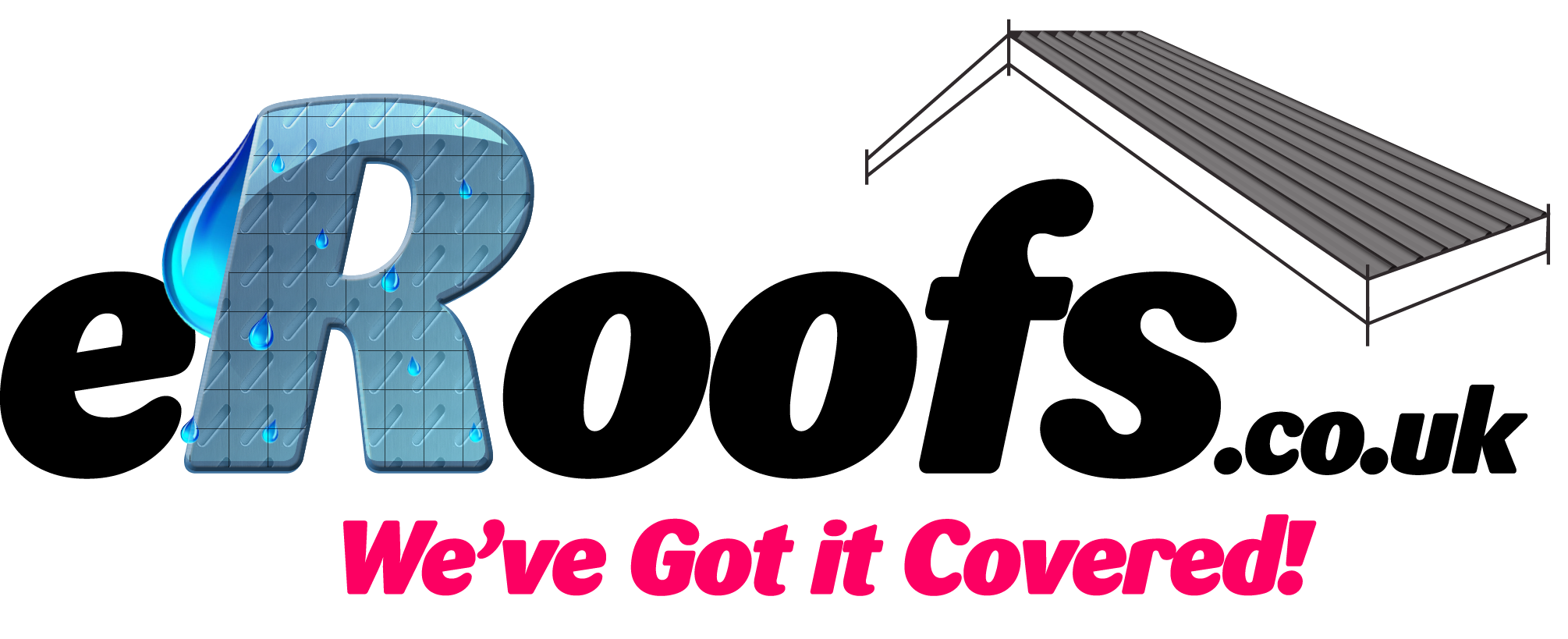Is Your Roof Winter Ready? 5 Signs You Need a Replacement
Don’t wait for a leak to ruin your winter. Here is how to spot the warning signs early. Sign 1: Ponding Water (The 48-Hour Rule) It is normal for a…
What is the Average Lifespan of a House Roof?
Hello, fellow homeowners and DIY enthusiasts! Have you ever found yourself looking up at your roof, pondering its fate? It’s the unsung hero of your home, bravely facing rain, shine,…
Ten Surprising Roofing Safety Hazards You Didn’t Know About
When you think of roofing hazards, what’s the first thing that comes to mind? Slippery surfaces, perhaps, or maybe unstable ladders? While these are certainly important, there are a few…
How to Safely Remove Snow from Your Roof
Winter is a season of wonder with its picturesque landscapes and festive spirit. However, for homeowners, it also brings the challenge of dealing with snow. If you’ve looked out of…
5 Common Roofing Issues and How to Solve Them
Ah, the joys of homeownership! From leaky taps to creaky floorboards, there’s always something that demands your attention. Today, we’re tackling an essential part of your home – the roof.…
Are Solar Panels Safe for My Roof?
If you’re considering making the switch to solar energy, you’re probably asking yourself, “Will solar panels damage my roof?” It’s a question that many homeowners and DIY enthusiasts grapple with,…
Keep Your Home Comfortable and Costs Low with Effective Roof Insulation
Introduction When it comes to home maintenance, roof insulation often flies under the radar. Yet, it’s one of the most crucial aspects of a well-maintained home. Proper insulation can significantly…
Discover the Versatile Wonders of PVC Roofing Sheets
Let’s unravel the multitude of possibilities that PVC roofing sheets can offer, from their impressive benefits to their wide range of applications. By the end of this guide, you’ll understand…
Understanding Costs and Strategies for a New Roof
A roof over your head is more than just a shelter; it’s a vital part of your home’s structure that ensures safety, comfort, and peace of mind. But what happens…
Gutter Cleaning: An Essential Autumn Task
Autumn is a season of change, rich with golden leaves and cooler temperatures. But amid the cosy knitted jumpers and steaming mugs of hot chocolate, there lies a less glamorous,…
